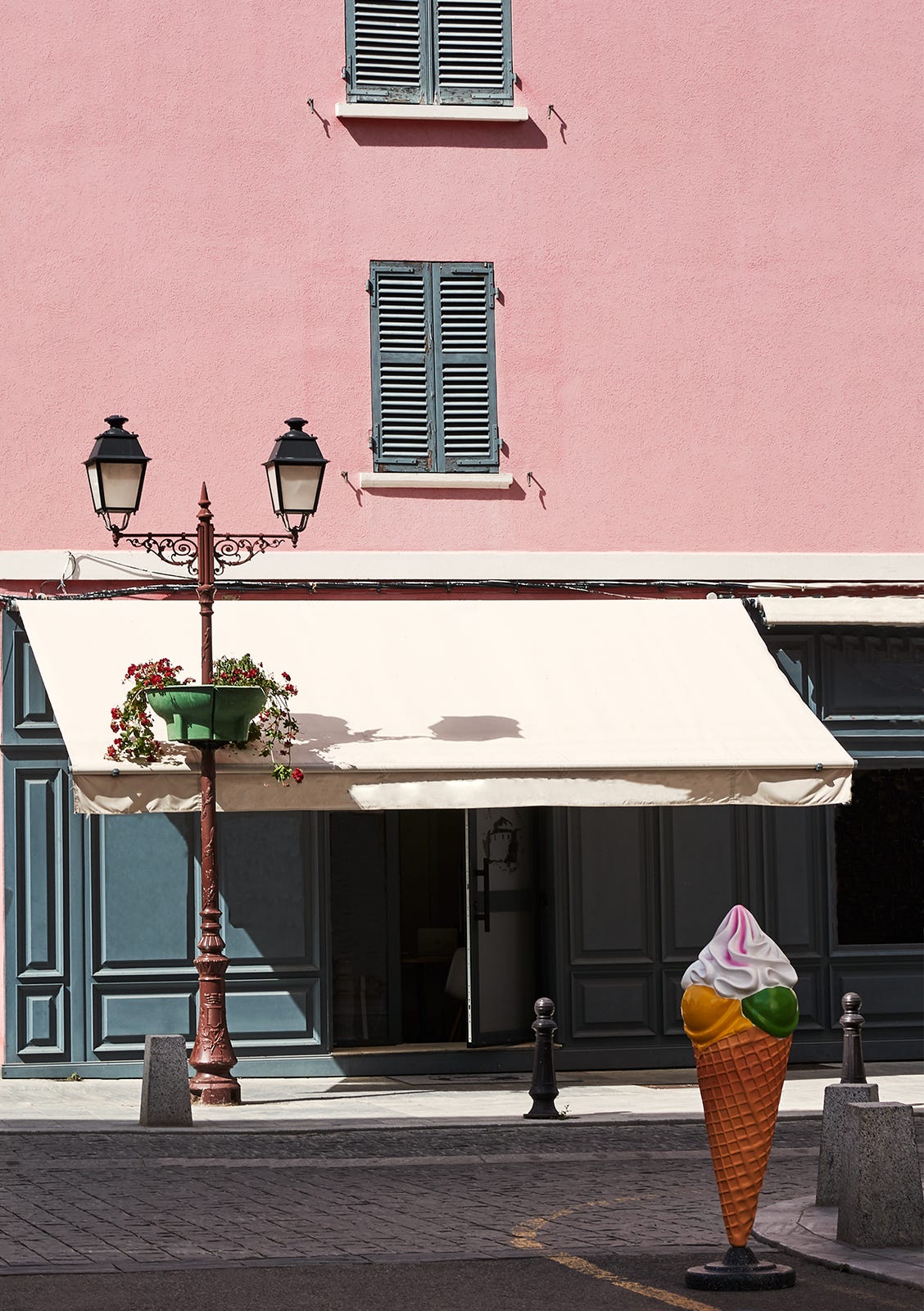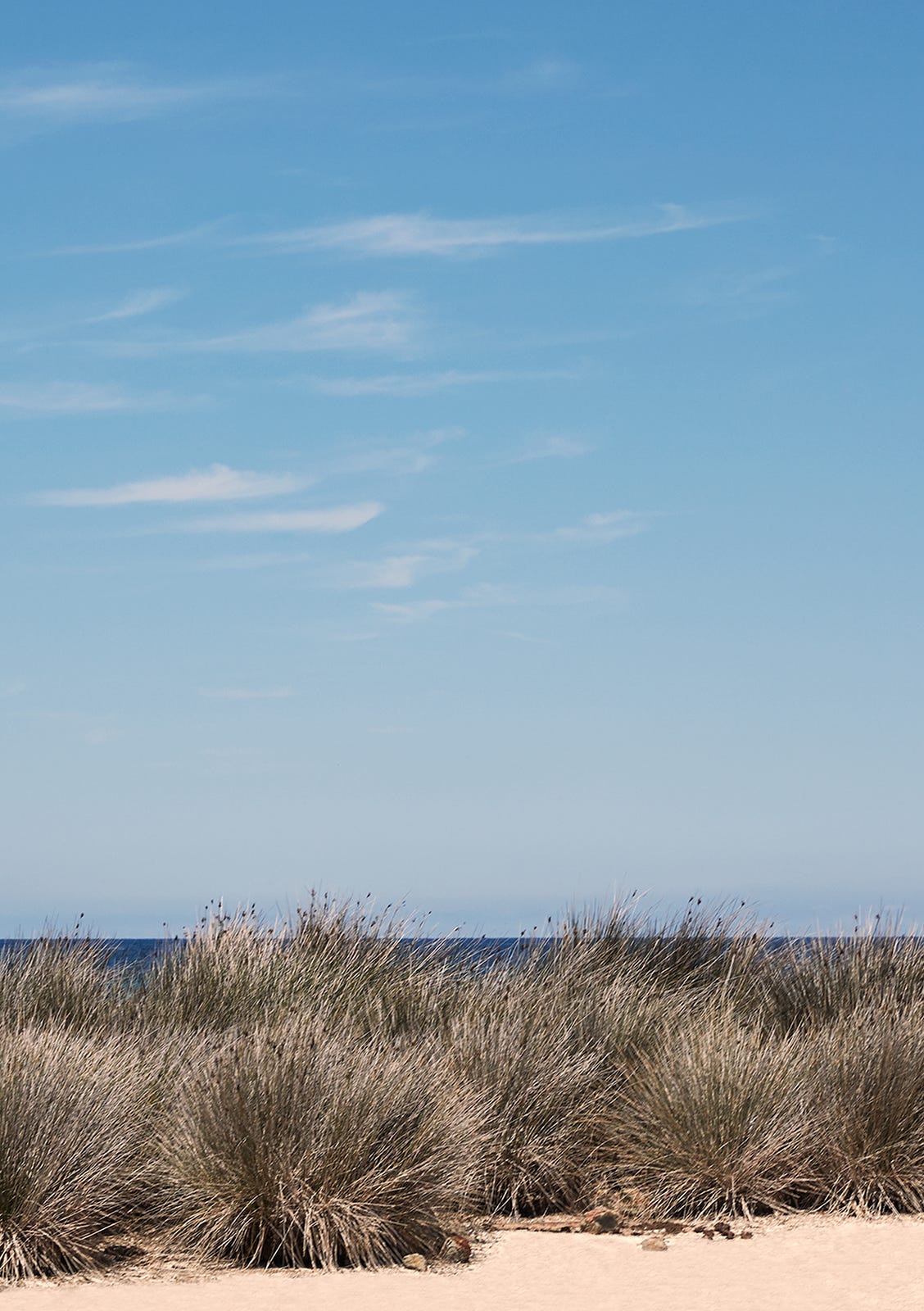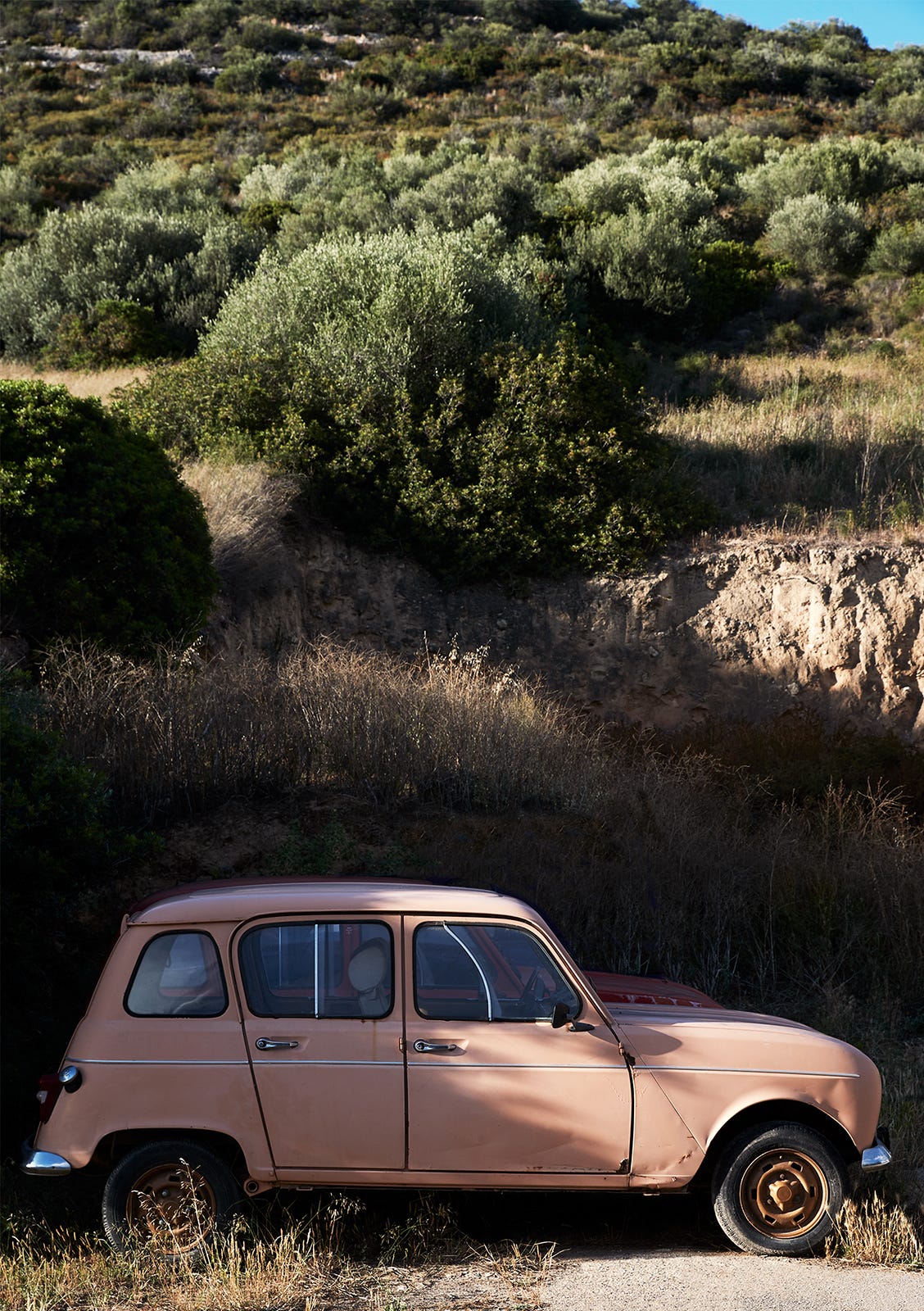“Get away from here before you’re completely bewitched and enslaved,” Dorothy Carrington was told, while sitting in a fisherman’s café as the sun set over the ocean off Corsica’s west coast. But Carrington didn’t heed the warning. Instead, she made the island her home, and her novel Granite Island; A Portrait of Corsica is widely considered the best guide to Corsican history and traditions.
Visiting Corsica, it’s easy to understand why she was warned. There is something almost metaphysical to the island, an invisible component to its energy, intensifying all senses. Both taste and scent are experienced richer and fuller here.
Initially, we had planned to create a guide to the entire island. We arrived in Bastia around lunch, having taken a ferry from Livorno that same morning. The crossing had taken about four hours, and we were eagerly looking forward to discovering Corsica. Our first stop was Cap Corse, and from there, the plan was to go south. But after only a few days in this northern peninsula, we had become so intrigued that we didn’t want to leave. And so instead of a guide to Corsica, we decided to create a guide to Cap Corse.
Cap Corse is an island within an island, connected to the rest of Corsica by only a sliver of land. For generations, its northern part was ruled by one noble family and its southern areas by another, creating tensions between the two regions. The western side is dramatic and wild, its eastern flatter and more urban. In the centre, the mountains stretch their peaks towards the sky. It’s a place of great variety, with much to discover.
Carrington said that while you may leave Corsica, the island never leaves you. Imagining the island’s most famous son Napoleon Bonaparte’s last hours, she wrote:
“This is the scent of all Corsica; bitter-sweet, akin to incense, beady, almost as an anaesthetic after rain. The maquis is a dense jungle of aromatic evergreen plants and shrubs, arbutus, myrtle, citrus and lentisk, rosemary and lavender and thyme. It covers the land except where fields are cultivated and forests grow, and at present the forests are dwindling and the cultivated fields are few so that the maquis speeds over more than half the land. It may be useless except as a harbour for guerillas and bandits, but it is a perpetual and potent enchantment; one sleeps and wakes with its fragrance which is like no other. Napoleon recalled it with nostalgia in St Helena when, humbled at last, he became like any Corsican ending his life in exile, his memories not of his palaces and triumphs but of the maquis scent of his childhood.”
Unlike Napoleon, we’re not Corsican by birth, but nevertheless, ever since leaving, I’ve been returning to Cap Corse in my mind. For years, I had wanted to stay at Couvent de Pozzo, a fabled B&B in the hills of Cap Corse, very popular in creative circles. Finally, I’ve had a chance to experience this unique destination and meet with its charismatic owner. While on the island, we found what is probably the best beer in the world, Brasserie Ribella, discovered the top-quality perfume and jewellery brand Casanera and stayed in our new favourite maison des Américains, Palazzu Nicrosi.
Around Cap Corse
Connected with the rest of Corsica by a thin stretch of land, Cap Corse is surrounded by water on three sides. It’s approximately 40 kilometres long and only 15 kilometres wide. Its atmosphere distinguished by strong winds (at times more than 200 km/h) and rich local culture.
Because of the threat from pirates and invading forces, many southern Corsican coastlines were for a long time deserted and empty, as the locals turned their back to the sea and moved to the mountains. In Cap Corse, the coastal development was completely different, and the traditions of fishing and venturing across the sea were consistently upheld.
It was the Capcorsins – the people of Cap Corse – that left their homeland to find fortunes in the Americas, returning home to build their maisons d’américains with the money that they had earned, today one of the most typical type of houses that you’ll find on Cap Corse.








